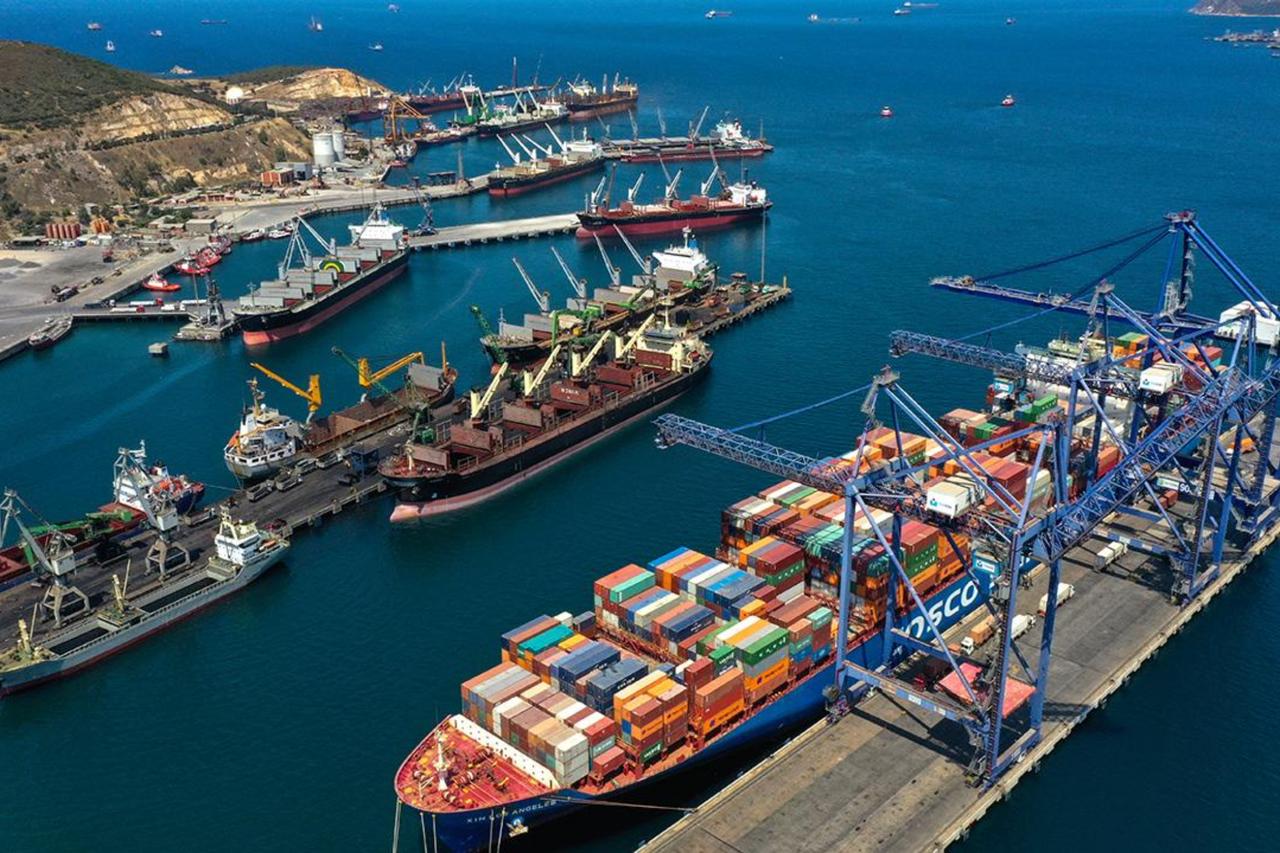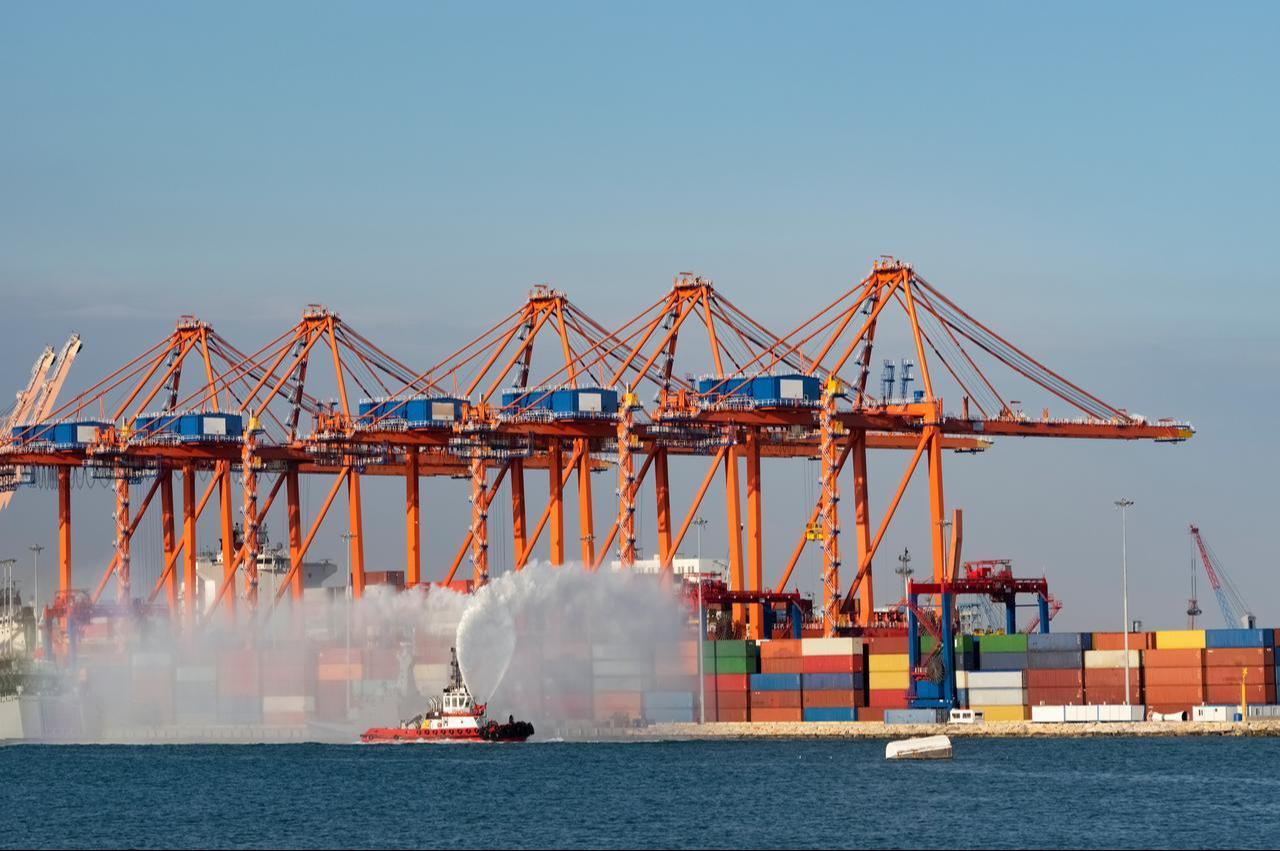
Türkiye's trade deficit narrowed to $4.2 billion in August, a 15.8% decline compared with the same month last year, according to data released Tuesday by the Turkish Statistical Institute (TurkStat).
Exports stood at $21.7 billion in August, down 1.2% from a year earlier, while imports declined at a steeper pace of 3.9% to $25.94 billion.
From January to August, Türkiye’s exports rose 4.3% from a year earlier to $178 billion, while imports increased 5.6% to $238.1 billion. As a result, the eight-month trade deficit widened by 9.7% to $60.14 billion.
When excluding energy products and non-monetary gold, Türkiye recorded a foreign trade surplus of $338 million in August. Energy and gold transactions are excluded in this calculation due to their volatile nature, which can distort the overall trade balance.
Manufactured goods accounted for 94.9% of Türkiye’s exports in August, while agriculture, forestry and fishing contributed 2.7%, and mining and quarrying represented 1.6%. Within manufacturing, high-technology products made up 4.2% of exports, while medium-high technology products accounted for 37.9%.
Germany remained Türkiye’s largest export market with shipments valued at $1.8 billion in August, followed by the United States with $1.3 billion, the United Kingdom with $1.2 billion, Italy with $1 billion, and Iraq with $1 billion. These five destinations accounted for 28.3% of total exports.

Consumer goods imports continued to grow, rising 2.7% annually to $4.3 billion in August. Passenger car sales at home fueled a sharp 24.4% increase in automotive imports, which reached $1.6 billion. Much of this growth came from hybrid and electric vehicles manufactured abroad.
Over the past 12 months, consumer goods imports totaled $59 billion, with automotive imports alone amounting to $20.6 billion in August. According to the Central Bank of the Republic of Türkiye (CBRT), jewelry imports linked to quota regulations also contributed to this upward trend. By contrast, capital goods imports fell 3.4% year on year in August.
China was the top source of imports at $3.9 billion, ahead of Russia with $3.3 billion, Germany with $2.3 billion, the United States with $1.3 billion, and Italy with $1.2 billion. The top five suppliers represented 45.8% of Türkiye’s total imports.

Trade Minister Omer Bolat noted that the export-import coverage ratio, which measures the extent to which exports finance imports, reached 83.8% in August, the highest level in 46 months.
Bolat also said leading indicators suggested the current account, which includes trade and services, could post a surplus of about $5 billion in August.
He highlighted that growth in production, investment, and exports has been mirrored in the labor market, with employment rising by 208,000 in August to 32.8 million—close to the record high reached in May 2024.
In its bulletin, local brokerage Oyak Investment said the August data reflected a temporary monthly improvement driven mainly by weaker imports. The firm warned, however, that strong consumer demand—particularly for gold and imported consumer goods such as automobiles—remains a source of pressure on the trade balance.
It noted that while lower energy costs supported the monthly figures, persistent demand for consumption and jewelry imports is likely to weigh on Türkiye’s external accounts in the coming period.